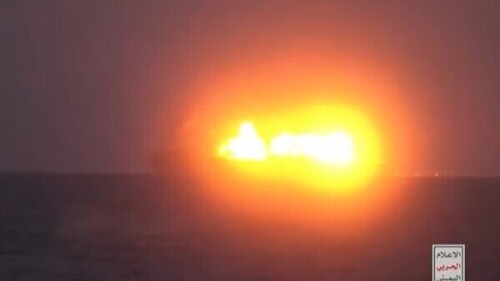[Written on August 19, 2001]
When Charles Dickens in 1859 described the French Revolution as the “the best of times, the worst of times,” he had a truly profound insight into the modern condition. For with that revolution began an era that has been and is still characterized by its contradictory directions. To put it in its starkest terms, one analyst found that just the largest of “democides” (mass murder outside the context of warfare; generally, governments killing their own citizens) in the short twentieth century amounted to 169 million lives.[1] At the same time, life in the democratic, liberal, capitalist countries has evolved to a level of health, security, liberty, and affluence far beyond anything experienced in prior human history.
The twenty-first century will likely continue and even extend this paradoxical evolution. Indeed, the contrast between what one book[2] calls the zones of peace and the zones of turmoil is likely to turn into the great issue of the century, greater than any caused by differing ideology, ethnicity, or religion. Life in the zones of peace will be great; in the zones of turmoil it will be awful. My assessment of the century ahead depends on whether the zone of peace expands or becomes a ghetto (as a percentage of the world population, Europe is expected to shrink by nearly 2/3s over the period 1950-2025). It’s a tough call, but I am more optimistic than not, for no matter what rancor, envy, and hatred the human heart shields, the pursuit of happiness in the end should prevail over baser sentiments.
When a fraction of the world enjoys safety, freedom, and plenty, it is inevitable that those who do not enjoy these benefits will do their best to crash the party. I predict this issue will dominate many areas of life. In the arts, the obligations and rights of each zone vis-à-vis the other will become a central issue. In economics, the key question will be finding steps to help the zone of turmoil, so that it stops dispatching people. In domestic policy, adjusting who is allowed into the zone of peace, when and how. In foreign policy, relations between the zones will be the overarching problem. In the military realm, finding ways to stop biological weapons, likely to emerge as the favored instruments of have-not anger, will take precedence.
[1]. R. J. Rummel, Death by Government (New Brunswick, N.J.: Transaction, 1994), p. 4. Even this listing, which goes up to 1987, is far from complete, missing as it is murderous regimes in Ethiopia and Iraq, as well as more recent ones in Serbia, the Sudan, and Rwanda.
[2] Max Singer and Aaron Wildavsky, The Real World Order: Zones of Peace / Zones of Turmoil, rev. ed. (New York: Seven Bridges Press 1996).







